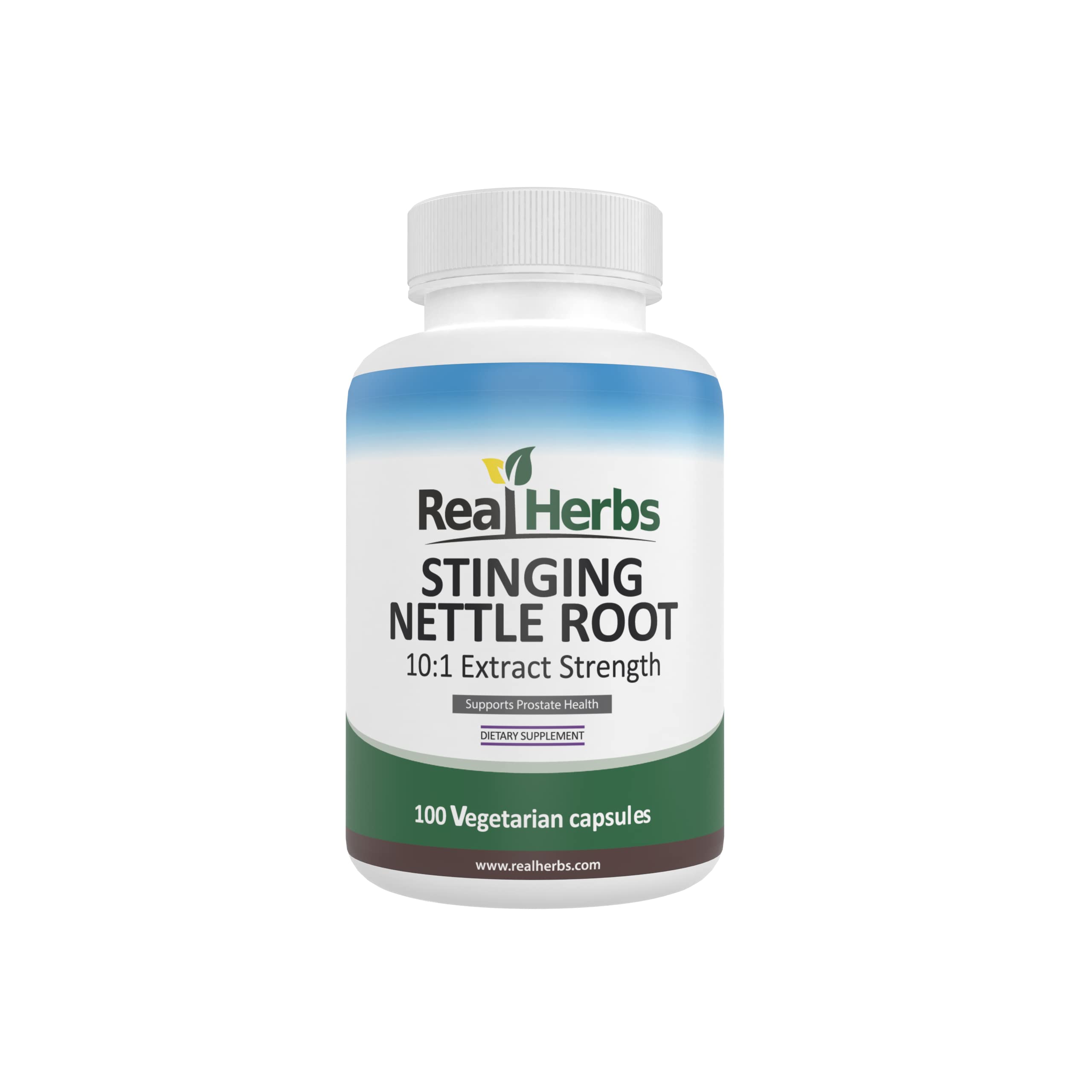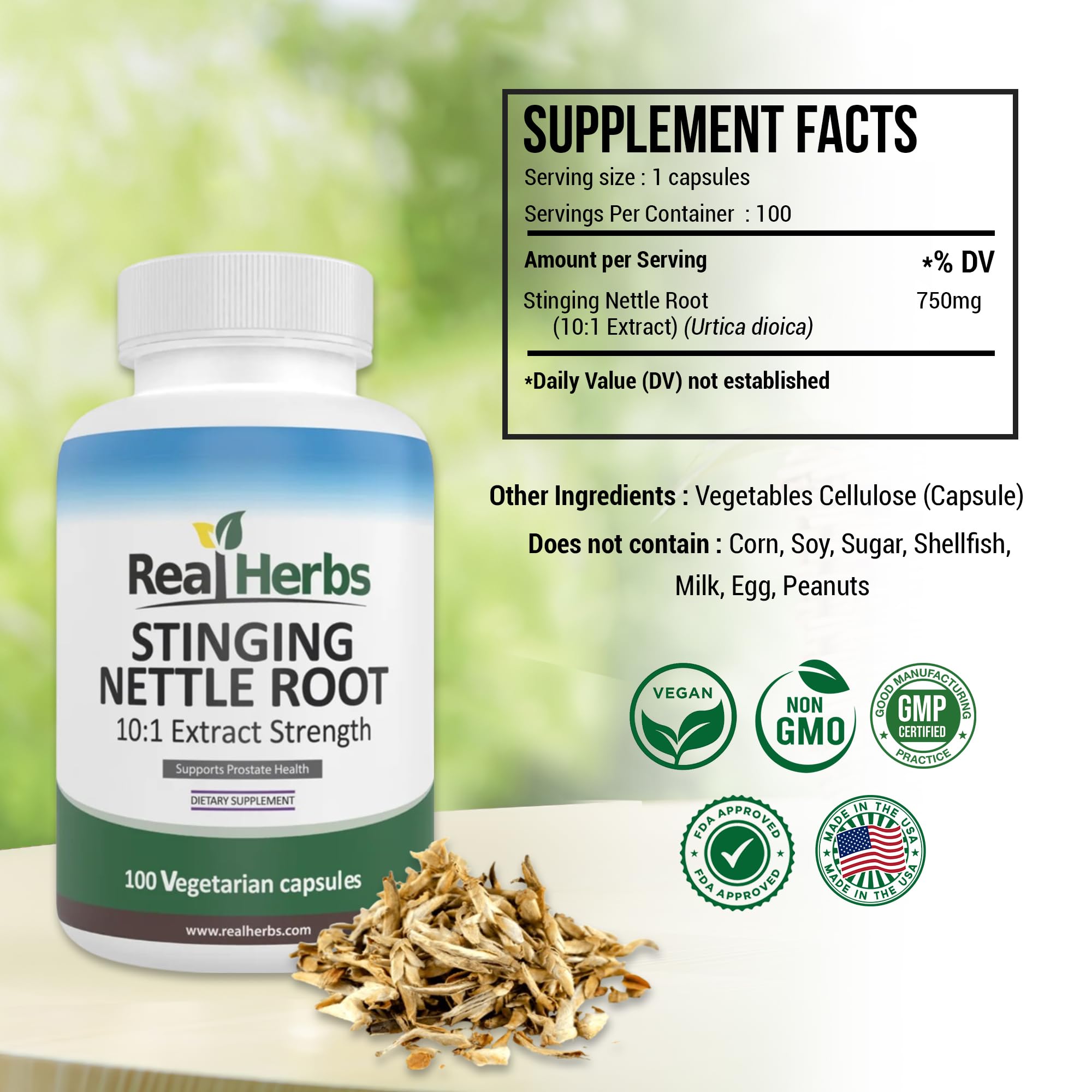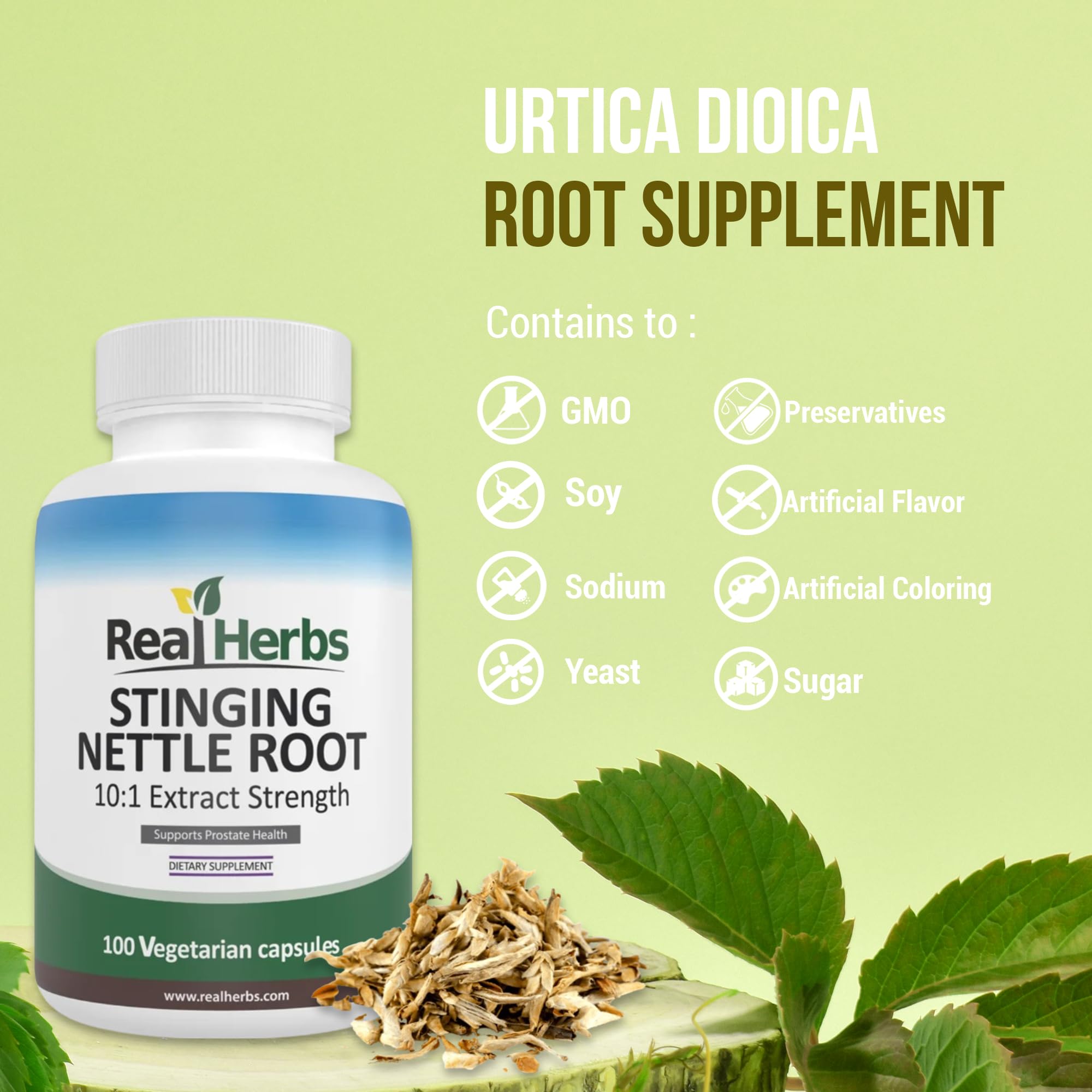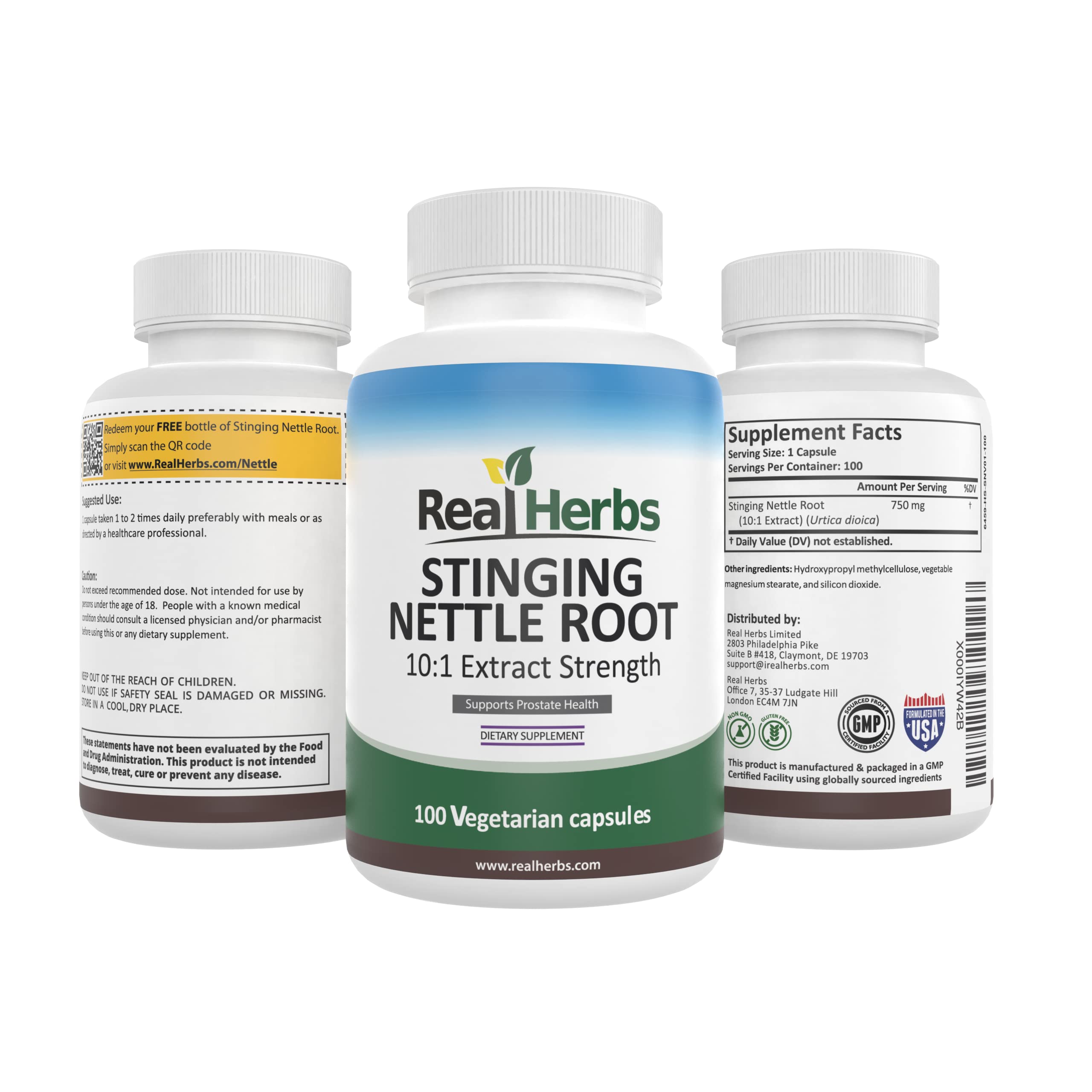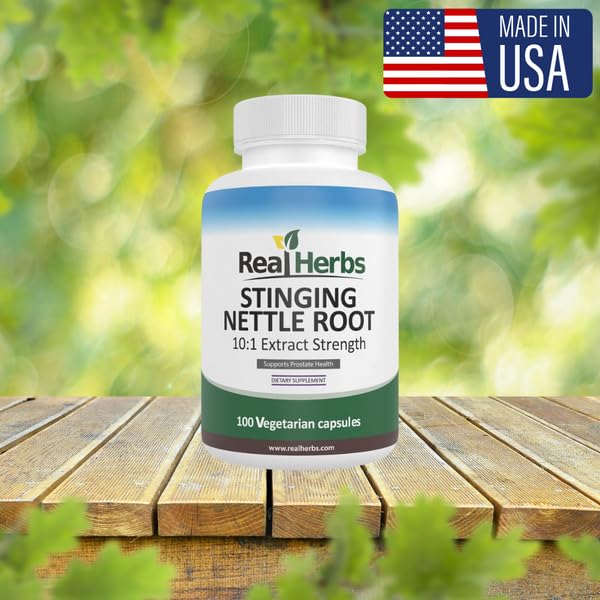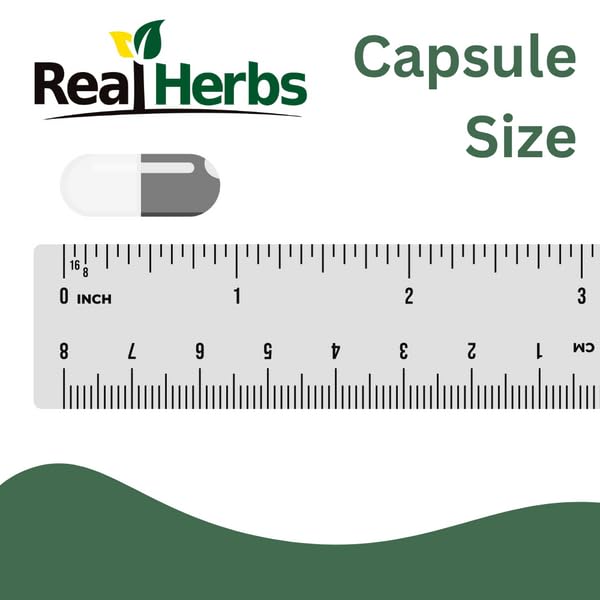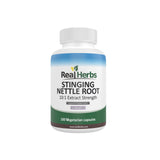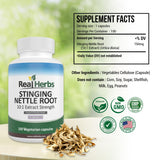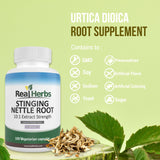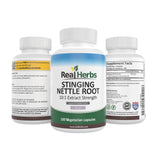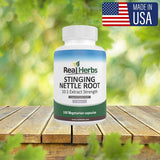How Deep Do Stinging Nettle Roots Go?
Introduction:
Stinging nettle (Urtica dioica) is a fascinating and versatile plant known for its stinging hairs that can cause discomfort when touched. Beyond its prickly exterior lies a wealth of medicinal and nutritional benefits that have been appreciated for centuries. In this article, we delve into the depths of the stinging nettle plant to explore the intriguing world of its root system.
The Stinging Nettle Plant:
Stinging nettle is a perennial herbaceous plant with serrated, heart-shaped leaves that can grow up to four feet tall. It thrives in temperate regions across the globe and is well-known for its ability to spread rapidly, often forming dense colonies. Despite its reputation as a nuisance weed, stinging nettle has a long history of use in traditional medicine for its anti-inflammatory, diuretic, and antioxidant properties.
Understanding Stinging Nettle Roots:
A plant's root system is critical for its survival and overall health. Stinging nettle roots play a vital role in anchoring the plant firmly in the ground, ensuring stability against strong winds and heavy rains. They also serve as conduits for water and nutrient absorption from the soil.
Root Depth and Extent:
The depth and extent of stinging nettle roots can vary depending on various factors. Studies have shown that young stinging nettle plants tend to have shallower roots, typically reaching depths of 6 to 12 inches. However, as the plant matures, its roots can penetrate much deeper, sometimes reaching depths of up to three feet or more.
The extent of the root system can be quite extensive, spreading laterally to create a network that enables the plant to access resources over a larger area. This characteristic makes stinging nettle particularly effective at competing with other plants for nutrients and water.
Role of Deep Roots in Stinging Nettle:
The deep-rooted nature of stinging nettle grants it several advantages in terms of survival and growth. With roots delving deep into the soil, the plant can access water reserves during dry spells, making it more drought-resistant compared to shallow-rooted plants.
Furthermore, the plant's ability to tap into nutrient-rich layers of the soil provides it with a continuous supply of essential elements, fostering robust growth and productivity. Additionally, the deep root system enables stinging nettle to endure challenging environmental conditions, contributing to its adaptability and ecological significance.
Interactions with Surrounding Environment:
As with any plant species, the growth and spread of stinging nettle can have ecological implications. While its deep root system contributes to its resilience, it may also affect neighboring plants by competing for resources, potentially impacting plant diversity in certain ecosystems. However, stinging nettle also plays a positive role by improving soil structure through its decomposing roots, enriching the soil for other plant species.
Practical Applications:
Stinging nettle's medicinal properties and nutritional benefits make it a valuable herb for herbal medicine and dietary supplements. From relieving joint pain and allergies to providing essential vitamins and minerals, stinging nettle has a broad range of applications.
In gardening and agriculture, stinging nettle can be used as a nutrient-rich compost accelerator or as a companion plant to improve soil quality and repel certain pests. Gardeners and enthusiasts can also cultivate stinging nettle in controlled environments for personal use.
Safety Considerations:
While stinging nettle offers numerous health benefits, it is essential to handle the plant with care due to its stinging hairs. Wearing gloves and long sleeves can prevent skin irritation when dealing with fresh nettle plants. Furthermore, individuals with allergies should exercise caution and consult a healthcare professional before using stinging nettle as a remedy.
Conclusion:
The root system of stinging nettle plays a crucial role in its survival and resilience, allowing it to thrive in diverse environments. Understanding the depth and extent of these roots sheds light on the plant's ecological significance and its multiple practical applications in medicine, gardening, and agriculture. So, the next time you encounter stinging nettle in the wild, you'll know that beneath its sting lies a world of natural wonders waiting to be explored.

